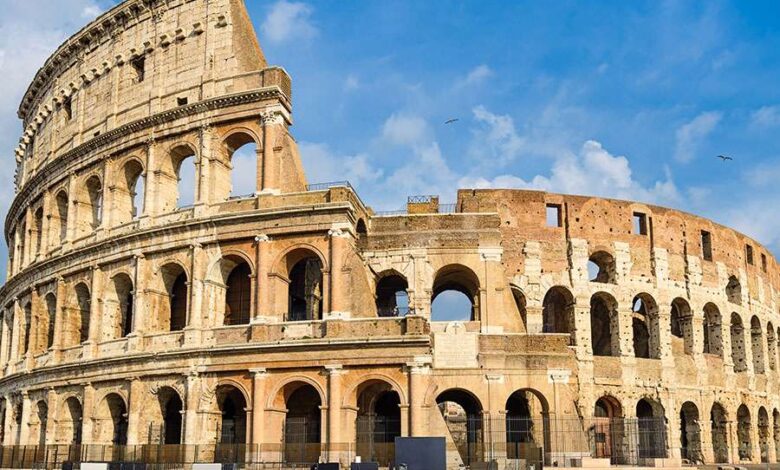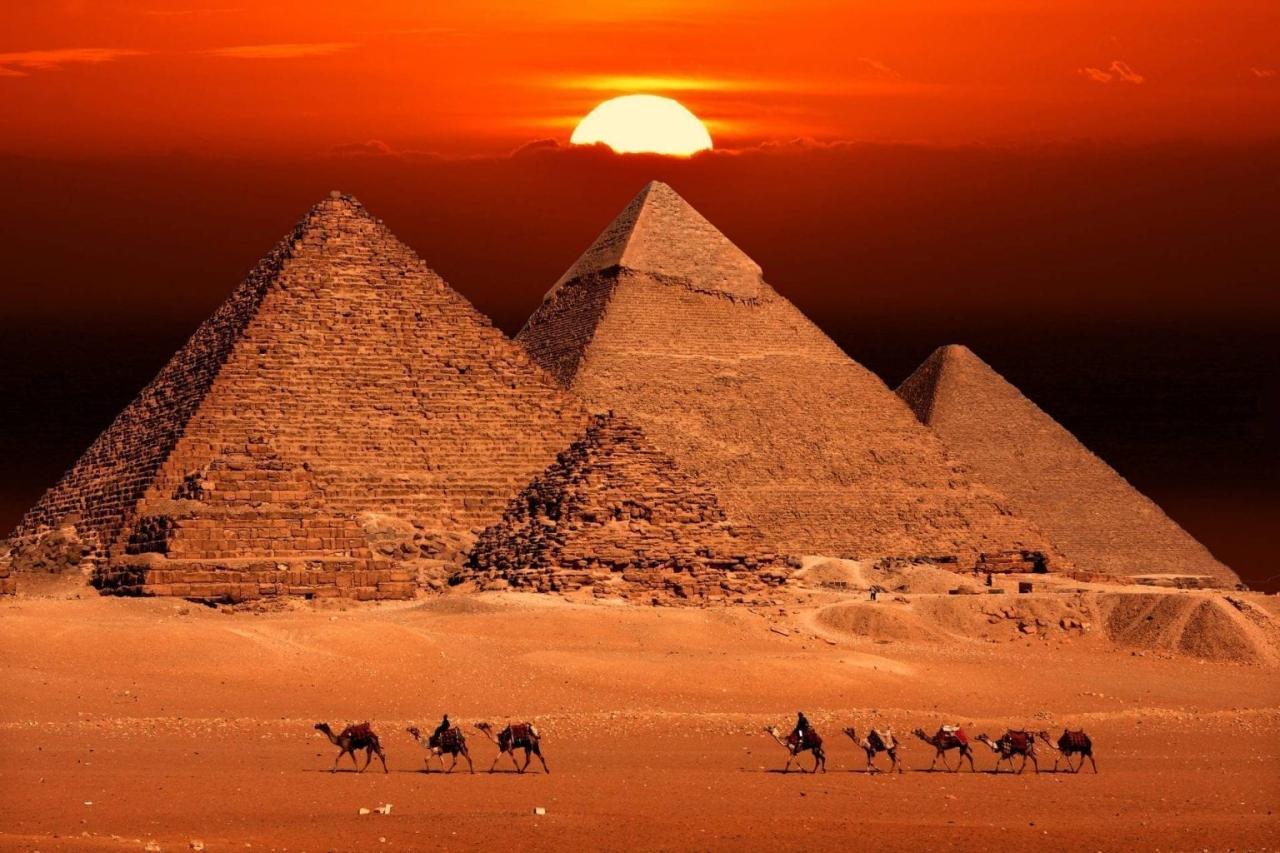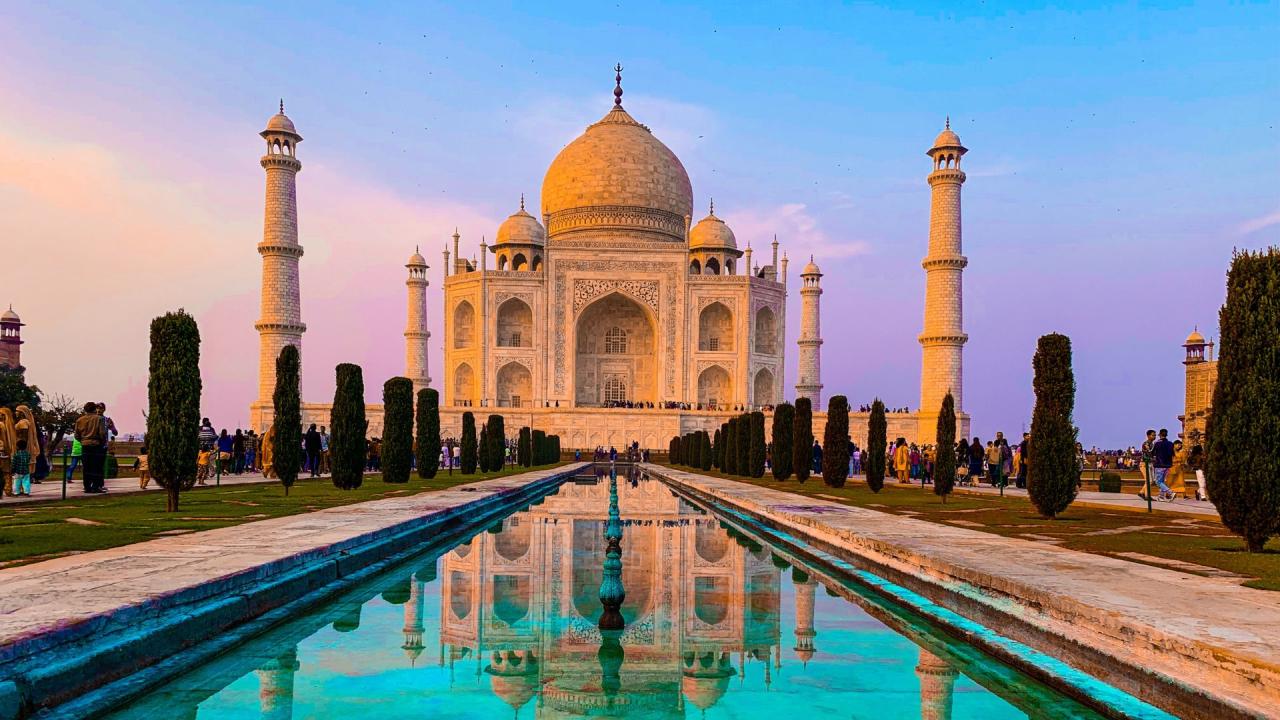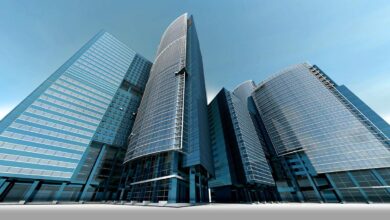Architectural Icons: Timeless Structures Shaping History

Architecture, at its most elemental, is a pragmatic response to the human need for shelter, but at its most elevated, it transcends mere utility to become a profound, enduring narrative etched into the physical landscape of our civilization.
From the colossal, silent pyramids of ancient Egypt to the soaring, intricate cathedrals of medieval Europe and the sleek, gravity-defying towers of the modern metropolis, World Famous Architectural Landmarks serve as tangible cultural documents, reflecting the technological capabilities, religious beliefs, political structures, and artistic sensibilities of the eras that conceived them.
These structures are more than just assemblies of stone, glass, and steel; they are enduring symbols of human ambition, often embodying breakthroughs in engineering and design that fundamentally altered the course of construction and aesthetics for centuries to follow.
They stand as visual anchors in history, connecting contemporary viewers directly to the past and providing a deep, immediate understanding of the cultural forces that have shaped our shared global heritage.
To truly appreciate the rich tapestry of human history, one must study these architectural icons, recognizing how these monumental achievements in scale, material, and form have continually pushed the boundaries of what is physically and aesthetically possible.
These landmarks are crucial educational tools, reminding us that the built environment is a powerful, communicative art form that speaks volumes without uttering a single word, holding profound meaning for the societies that built and preserved them.
The Enduring Power of Antiquity

The earliest monumental structures were built not just for function, but as powerful assertions of divine connection, political might, and engineering mastery, many of which remain standing today.
1. The Pyramids of Giza (Egypt, Circa 2560 B.C.)
The Pyramids, particularly the Great Pyramid of Khufu, stand as the ultimate testament to the ambition, precision, and organizational power of the ancient Egyptian Old Kingdom.
A. Engineering and Logistics
A. The Great Pyramid was the tallest man-made structure in the world for over 3,800 years, a record unmatched for millennia.
B. It required quarrying and transporting over two million massive stone blocks, some weighing many tons, without the aid of modern machinery.
C. The near-perfect alignment of the pyramid with the four cardinal directions demonstrates an astounding level of astronomical and geometrical precision by the builders.
B. Symbolic and Cultural Function
A. The structure was designed as a colossal tomb and passage for the pharaoh, ensuring his seamless transition to the afterlife.
B. Its iconic, stable, triangular form was believed to symbolize the primeval mound from which creation began, linking the ruler directly to the divine order.
C. The meticulous internal passages and chambers were constructed with a complex plan that reflects sophisticated religious and engineering beliefs.
2. The Parthenon (Greece, 447–432 B.C.)
Located atop the Acropolis in Athens, the Parthenon is the quintessential symbol of Classical Greek architecture, embodying ideals of harmony, balance, and democratic thought.
A. The Quest for Visual Perfection
A. The entire structure is a masterwork of subtle visual corrections designed to counteract optical illusions that would make straight lines appear bent to the naked eye.
B. The columns actually taper slightly inward (entasis) and the floor of the temple gently rises in the center, giving the impression of perfect straightness and balance.
C. This dedication to refined optical and mathematical precision reflects the Greeks’ reverence for reason and perfect form.
B. Architectural Orders
A. The temple is built entirely in the majestic Doric order, characterized by thick, fluted columns and simple, square capitals.
B. The use of gleaming white marble and its friezes, depicting scenes from mythology and Athenian life, showcases the pinnacle of Greek sculpture.
C. Its enduring form has influenced Western civic and governmental architecture for over two millennia, from the Romans to modern capitols.
Medieval and Religious Grandeur
The Medieval period saw the rise of structures dedicated to religious worship, pushing the limits of height and light to achieve sublime effects, primarily driven by innovations in masonry construction.
1. The Colosseum (Rome, 70–80 A.D.)
The Flavian Amphitheatre, or Colosseum, is the largest amphitheater ever built and an enduring testament to Roman engineering, social structure, and public entertainment.
A. Roman Engineering and Scale
A. The structure was built primarily using concrete and stone, showcasing the Roman mastery of arches and vaults for immense scale and structural efficiency.
B. It was a perfectly functional public machine, capable of seating 50,000 to 80,000 spectators and featuring a complex network of underground tunnels (the hypogeum) for animals and gladiators.
C. Its exterior is composed of three tiers of arcades, utilizing the three main Greek architectural orders (Doric, Ionic, and Corinthian) for visual articulation.
B. Cultural Significance
A. The Colosseum served as a monumental symbol of the Roman Empire’s power and generosity, hosting gladiatorial contests, public spectacles, and dramatic re-enactments.
B. Its efficient, tiered seating and complex circulation patterns became the template for modern stadiums and large event venues.
C. Despite centuries of damage, the ruins still powerfully evoke the scale of Roman public life and engineering ambition.
2. Chartres Cathedral (France, 1194–1220 A.D.)
Chartres Cathedral is widely considered the highest achievement of French Gothic architecture, pioneering structural techniques that maximized light and verticality.
A. Structural Innovation
A. The building utilizes the revolutionary flying buttress system, which transferred the immense lateral thrust of the vaulted stone roof outward to exterior supports.
B. This innovation freed the interior walls from being load-bearing, allowing them to be opened up and replaced almost entirely by vast expanses of stained glass.
C. The result is an interior space flooded with ethereal, colored light, creating a spiritual and otherworldly atmosphere.
B. Symbolic and Artistic Mastery
A. The structure expresses a relentless aspiration toward the heavens, with soaring vaults and intricate exterior carvings that narrate biblical stories.
B. Its famous rose windows and extensive stained glass panels are considered the most complete and best-preserved collection of medieval glass anywhere in the world.
C. The architecture directly serves the religious narrative, using height and light to evoke the majesty of the divine.
The Great Eastern Icons

Beyond the Greco-Roman and European traditions, major landmarks in Asia showcase equally profound achievements in engineering, aesthetics, and cultural symbolism.
1. The Taj Mahal (India, 1632–1653 A.D.)
Located in Agra, the Taj Mahal is the supreme jewel of Mughal architecture, blending Persian, Islamic, and Indian styles into a masterpiece of symmetry and material artistry.
A. Aesthetic and Symbolic Perfection
A. Built by Emperor Shah Jahan as a mausoleum for his beloved wife, Mumtaz Mahal, the structure is a globally recognized symbol of undying love and profound grief.
B. The entire complex is renowned for its perfect symmetry across its central axis, meticulously planned gardens, and reflecting pool that doubles the image of the tomb.
C. It utilizes reflective white marble that appears to change color depending on the time of day, from pinkish hues at dawn to silvery-white at midday and gold at dusk.
B. Craftsmanship and Material
A. The central dome and structure are clad in shimmering white Makrana marble, sourced from over 200 miles away.
B. The exterior and interior surfaces are intricately decorated with inlaid precious and semi-precious stones (pietra dura technique) and complex calligraphic designs.
C. This meticulous use of material and detail elevates the structure beyond mere architecture to the status of applied art.
2. The Great Wall of China (China, Built and Rebuilt from 7th Century B.C. to 16th Century A.D.)
The Great Wall is a monumental feat of military engineering and human labor, symbolizing the vastness and longevity of the Chinese Empire.
A. Scale and Function
A. Stretching thousands of miles across mountains and deserts, the Wall is a comprehensive system of fortifications, watchtowers, and barracks.
B. Its primary function was not solely to keep out invaders, but to control borders, regulate trade, and enable rapid communication across the northern frontier.
C. Its construction required an astounding mobilization of manpower and resources over the course of nearly two millennia.
B. Material and Integration
A. Construction materials varied widely by region, utilizing stone, rammed earth, wood, and brick, demonstrating an impressive adaptation to diverse geographical conditions.
B. The Wall’s strategic placement utilizes the natural topography of the land, integrating the man-made structure seamlessly and defensively with the landscape.
C. It remains one of the most recognizable and enduring symbols of defensive architecture in human history.
Modern and Contemporary Icons
The 20th and 21st centuries, driven by new industrial materials and digital design, created icons defined by daring forms, glass, and soaring height.
1. Sydney Opera House (Australia, Completed 1973)
Designed by Jørn Utzon, this building is a masterpiece of Expressionist and Modern architecture, defined by its unique, billowing roof shells.
A. Engineering Complexity
A. The iconic white shell roofs presented a near-impossible structural problem, requiring years of complex engineering and mathematical computation to solve.
B. Utzon ultimately realized the shells by designing them all to be cut from a single, virtual sphere, simplifying the complex geometry into repeatable triangular sections.
C. The structure’s bold, sail-like forms instantly made it a global icon and a definitive symbol of the city of Sydney.
B. Cultural Significance
A. The Opera House is one of the world’s busiest performing arts centers and a major cultural hub.
B. Its dramatic location on the harbor and its sculptural form perfectly embody the adventurous spirit of modern architecture, which pushed material and aesthetic boundaries.
C. The building stands as a testament to perseverance, overcoming immense cost overruns and political controversies during its 16-year construction.
2. Burj Khalifa (Dubai, UAE, Completed 2010)
The Burj Khalifa is the current holder of the world record for the tallest building, a supreme achievement in super-tall skyscraper engineering.
A. Super-Tall Structural Innovation
A. The tower utilizes a revolutionary “buttressed core” structural system, where a central core is buttressed by three wings that converge at the center, maximizing resistance to wind and torsion forces.
B. The complex, setbacks, and spiraling form were intentionally designed to confuse the wind and prevent the formation of massive vortices that could cause dangerous swaying.
C. The use of high-strength concrete and advanced engineering pushed the material and height limits of traditional construction to a new extreme.
B. Symbolic and Urban Role
A. The skyscraper serves as the central anchor of a massive mixed-use development, symbolizing Dubai’s rapid modernization and global ambition.
B. It represents the pinnacle of modern structural engineering, showcasing what is technologically possible when ambition meets advanced material science and digital design.
C. Its immense height and elegance stand as a global marker of the 21st-century architectural age.
Conclusion
Architectural landmarks are crucial to understanding human civilization and its values.
From the Pyramids to the Burj Khalifa, each structure embodies the maximum technological capacity of its era.
The Parthenon showcases the ancient Greek obsession with optical perfection and mathematical harmony.
Gothic cathedrals, utilizing flying buttresses, freed walls for glass, emphasizing verticality and light for spiritual effect.
The Taj Mahal stands as a global masterpiece of intricate Mughal symmetry and profound material artistry.
Modern icons like the Sydney Opera House pushed the boundaries of form through complex, non-linear structural solutions.
These buildings are not merely objects; they are enduring symbols of human ambition, technical ingenuity, and cultural identity.



